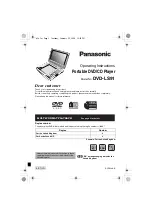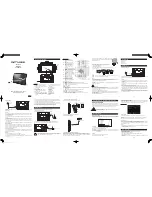
Martin maxium & maxium Beamer Operating Instructions
V 2.0
61
9.5
Further Safety Instructions
•
When working on body parts with low cross sections, the use of the bipolar technique may be
indicated in order to prevent an unintended coagulation in other sites.
•
Avoid using flammable anesthetics, nitrous oxide (N
2
O) and oxygen. The use of HF surgical
devices is always associated with spark formation at the active electrode. Inflammable materi-
als used as cleaning or disinfecting agents or solvents must be allowed to evaporate before
starting HF surgery. Note that there is a hazard of combustible liquids accumulating under the
patient or in body depressions like the navel or in body cavities like the vagina. Liquid that has
accumulated in such places must be removed before HF surgery takes place. There is also a
hazard of igniting flammable endogenous gases! Note that materials saturated with oxygen,
such as cotton and gauze, may also be ignited by the sparks produced in the normal use of the
HF surgical unit!
•
Transurethral resections (TUR):
As is well known, easily inflammable gases can be generated in the course of transurethral re-
sections (TUR), particularly during continuous or extended HF application. In such a case, the
gases tend to accumulate in the upper region of the bladder. If ambient air mixes with those
gases, the hazard is still greater, as an accidental explosion might be caused if the HF current
comes in contact with the gas mixture. Therefore, see to it that the gas-air bubble inside the
bladder is always kept as small as possible.
•
This device may not be used in combination with other systems unless permitted by the manu-
facturer.
•
Other electromedical devices may be adversely affected by interference when operating this
HF surgical unit.
9.6 Cardiac
Pacemakers,
Implants
As a rule, HF current should never be conducted across a patient’s metallic implants. This must be
taken into account when attaching the active and neutral electrodes. So never attach a neutral
electrode over endoprostheses!
In patients with active implants such as pacemakers or implanted electrodes, there is an additional
risk when using HF electrosurgery, as irreparable damage to the active implant or an impairment of
its operation can occur. For this reason, the following guidelines must be observed.
We recommend monitoring patients with cardiac pacemaker implants, using suitable equipment. A
defibrillator and an external pacemaker should be kept ready for use. The output power level of the
electrosurgical unit should always be set as low as possible. The active electrode of the electro-
surgical unit should be operated only at a minimum distance of 15 cm to the implant or its elec-
trodes. Wherever possible, the bipolar technique should be used. All instructions for use, particu-
larly when attaching the neutral electrode, must be strictly observed.
















































